What Techniques Elevate Emotional Impact in Cinematography?
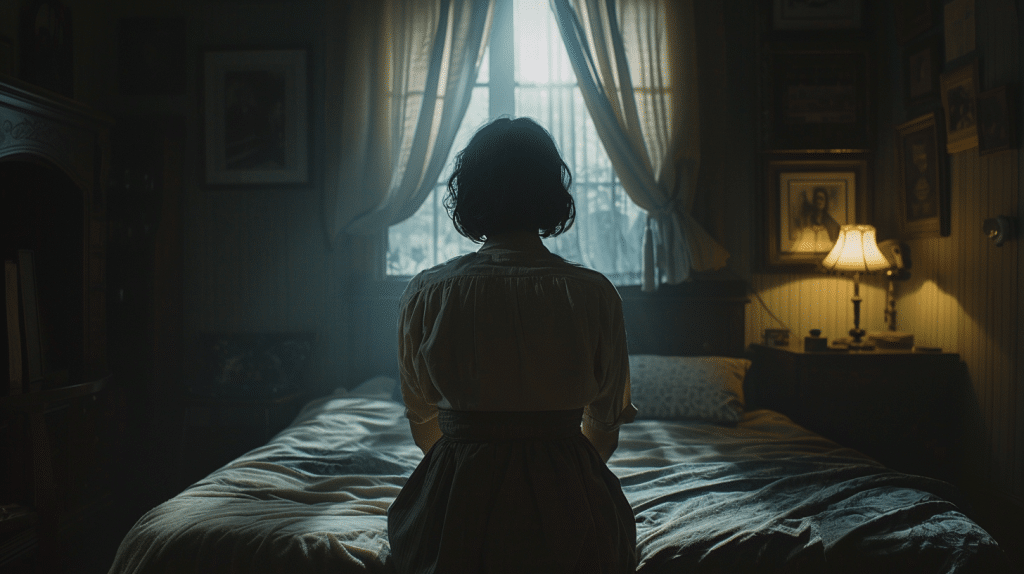
In the world of film, the visual language crafted by cinematographers is not just about capturing images but about evoking a spectrum of emotions that draw viewers deeply into the narrative.
From the eerie shadows of a dimly lit alley to the vibrant hues of a bustling cityscape, every choice in lighting, framing, and color works in concert to create an emotional resonance that transcends spoken dialogue.
This article delves into the sophisticated techniques that cinematographers employ to enhance emotional impact, exploring how elements like dynamic lighting, meticulous framing, and deliberate color grading shape the viewer’s emotional journey through the lens of the camera.
Let’s uncover how these visual tools transform simple scenes into rich, emotional landscapes that linger in the mind long after the credits roll.
Table of Contents
Lighting Techniques
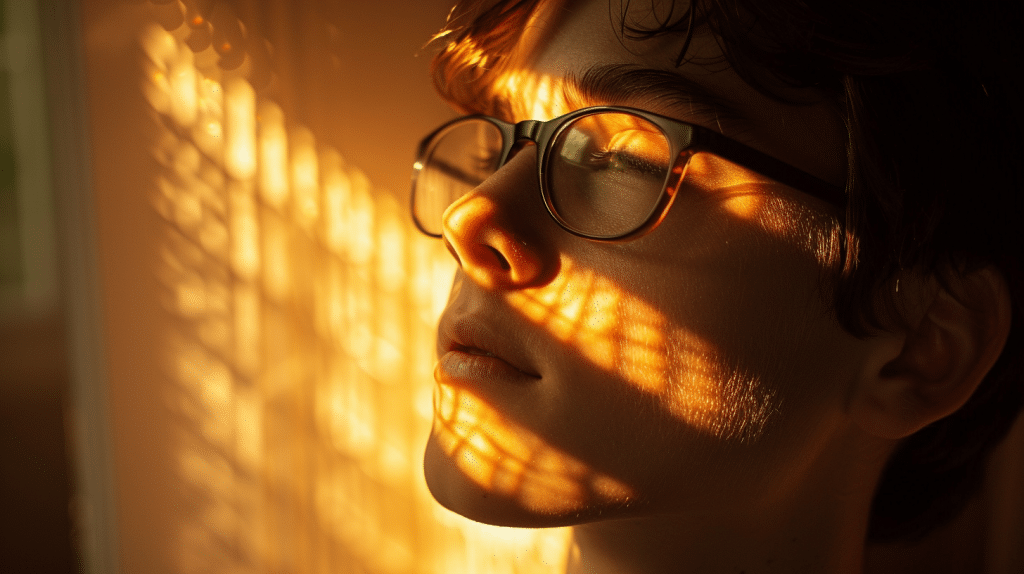
To enhance emotional impact in cinematography, utilize dynamic lighting techniques to create depth and evoke mood effectively.
Lighting plays a vital role in shaping the viewer’s emotional response to a scene. By strategically placing lights and shadows, you can add layers of meaning and intensity to your visuals.
Consider using high-contrast lighting to emphasize the dramatic elements of a scene, creating a sense of tension or mystery.
Soft, diffused lighting, on the other hand, can convey warmth and intimacy, making the audience feel connected to the characters on screen.
Experiment with different lighting angles to sculpt the subject and enhance their emotions. A top-down light source can create eerie shadows, perfect for horror or suspenseful scenes, while a side light can add depth and dimension to a character’s face, revealing their inner turmoil.
Don’t be afraid to play with colors too; colored lights can set the mood and establish the tone of a scene without saying a word.
Mastering lighting techniques is key to capturing the audience’s emotions and immersing them in the world you’ve created.
Framing Choices
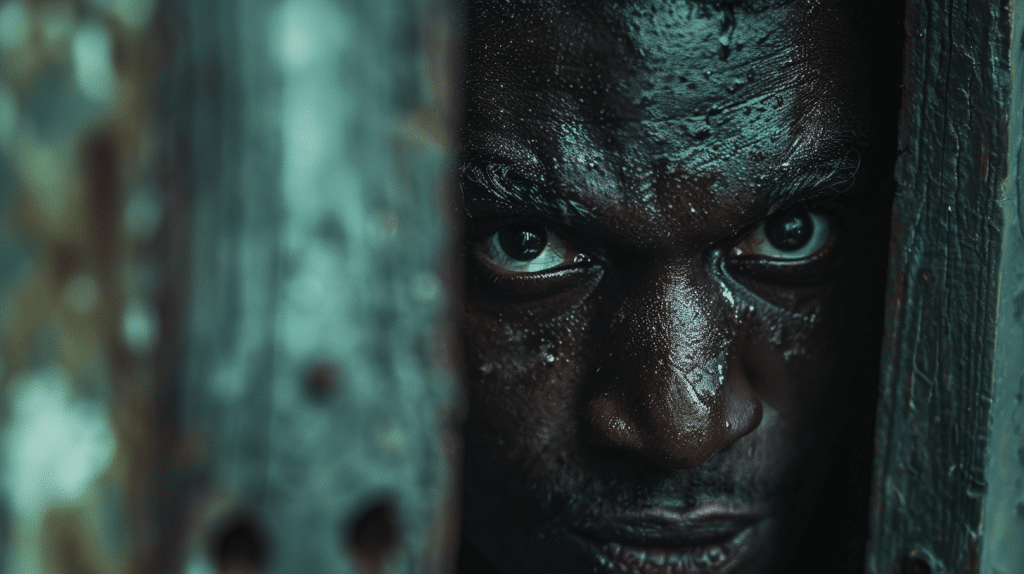
For impactful cinematography, consider framing choices as a powerful tool to convey emotion and engage viewers effectively.
The way you frame a shot can profoundly influence how the audience perceives the scene. By carefully selecting what elements to include within the frame, you can create a sense of intimacy, tension, or isolation.
For instance, using a close-up shot can intensify emotions and make the viewer feel more connected to the character’s experience.
On the other hand, employing a wide shot can emphasize the grandeur of a landscape or the vastness of a situation, evoking feelings of awe or insignificance.
Moreover, the position of subjects within the frame can also impact the emotional resonance of a scene.
Placing a character off-center or using leading lines to draw attention can create a sense of imbalance or movement, adding visual interest and depth to the storytelling.
Additionally, framing choices such as using negative space or framing characters within doorways or windows can convey a sense of confinement or freedom, subtly influencing the audience’s perception.
By mastering framing choices, you can elevate the emotional impact of your cinematography and captivate viewers on a deeper level.
Camera Movement
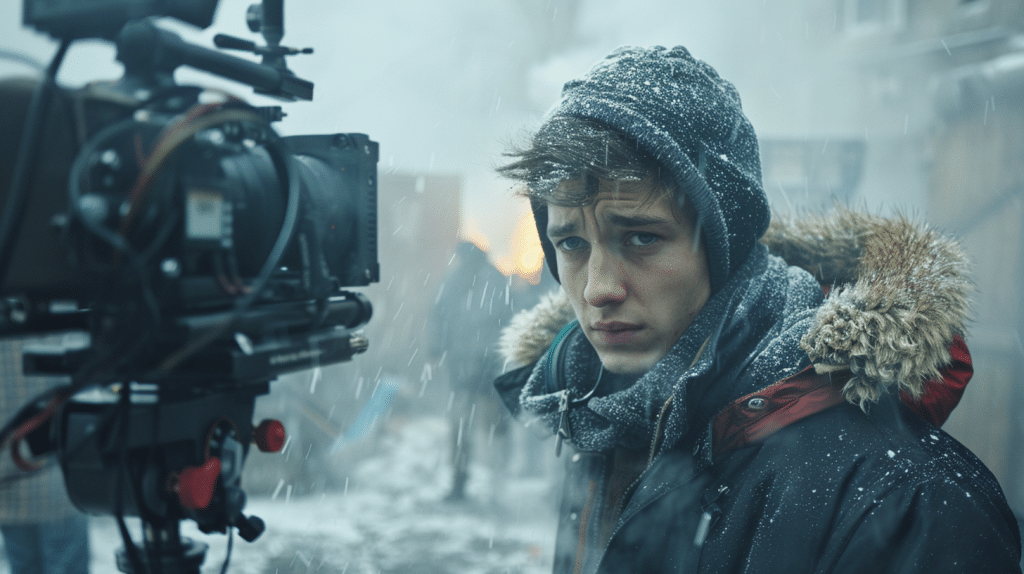
Consider how camera movement can dynamically enhance the emotional impact of your cinematography, adding depth and fluidity to your storytelling.
By incorporating various camera movements, you can evoke different emotional responses and intensify the viewer’s connection to the scene.
For instance, a smooth and steady tracking shot can convey a sense of stability and control, while a shaky handheld shot can create tension and unease.
Utilizing techniques like panning, tilting, and zooming can also guide the viewer’s focus and emphasize key elements within the frame. A slow pan across a vast landscape can evoke a sense of awe and grandeur, while a quick tilt up to a character’s reaction can heighten the intensity of a moment.
Additionally, combining camera movements with character actions can enhance the emotional impact even further. For example, tracking a character as they run through a crowded street can create a feeling of urgency and chaos, immersing the viewer in the character’s experience.
Experimenting with different camera movements allows you to craft more engaging and impactful visual storytelling.
Color Grading Effects
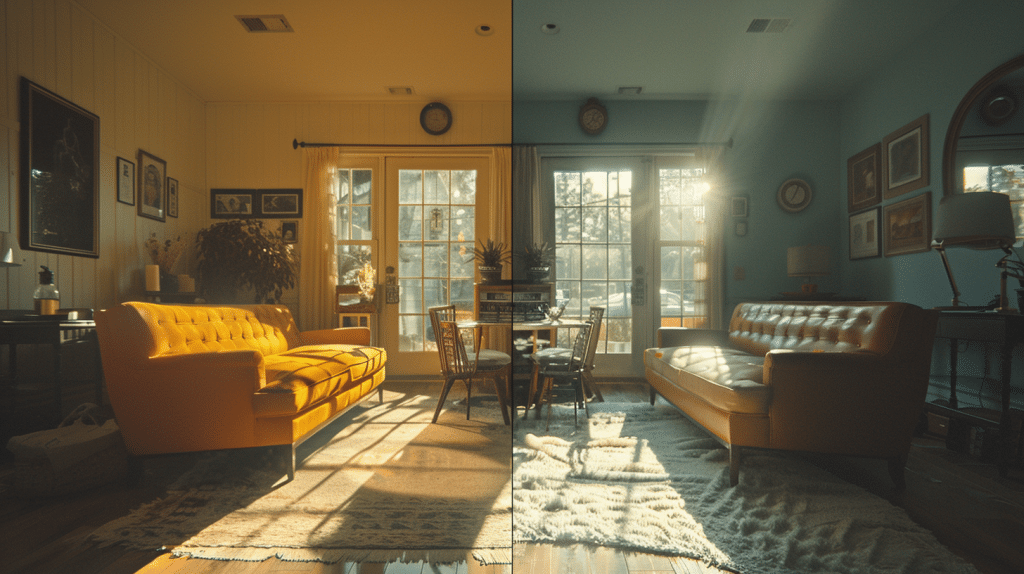
Enhance the emotional resonance of your cinematography by exploring the impactful nature of color grading effects.
Color grading can greatly alter the mood and atmosphere of a scene, eliciting specific emotional responses from your audience. By adjusting the color tones, saturation, and contrast, you can create a visual language that enhances the narrative and evokes powerful feelings.
Warm colors like reds, oranges, and yellows can convey warmth, intimacy, and passion, while cool tones such as blues and greens evoke a sense of calmness, melancholy, or mystery.
Playing with these color schemes can help you set the emotional tone of your story without saying a word.
Additionally, desaturation or monochromatic grading can strip away distractions, focusing the viewer’s attention on the raw emotions portrayed on screen.
Experimenting with color-grading effects allows you to craft a visual experience that resonates with your audience on a deeper level, enhancing the storytelling and emotional impact of your cinematography.
Shot Composition
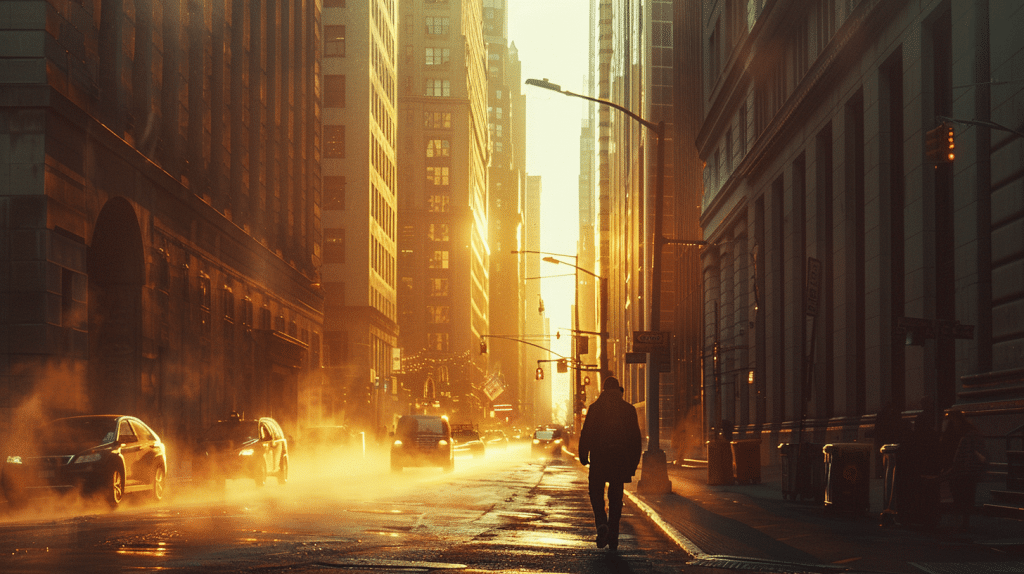
Craft your visual story with intention by mastering the art of shot composition. The way you frame your shots can profoundly impact the emotional depth of your storytelling.
Consider the rule of thirds, where you divide your frame into a grid of nine sections, helping you place key elements off-center for a more dynamic composition.
Utilize leading lines to draw the viewer’s eye towards the focal point of your scene, guiding them through the narrative you’re presenting.
Experiment with different angles and perspectives to evoke varied emotional responses.
Low angles can convey power and dominance, while high angles may evoke vulnerability or inferiority in your characters.
Remember to leave empty space in your compositions to create breathing room and emphasize the subject.
By carefully composing each shot, you can enhance the emotional impact of your cinematography, drawing your audience further into the world you’ve created.
Lens Selection
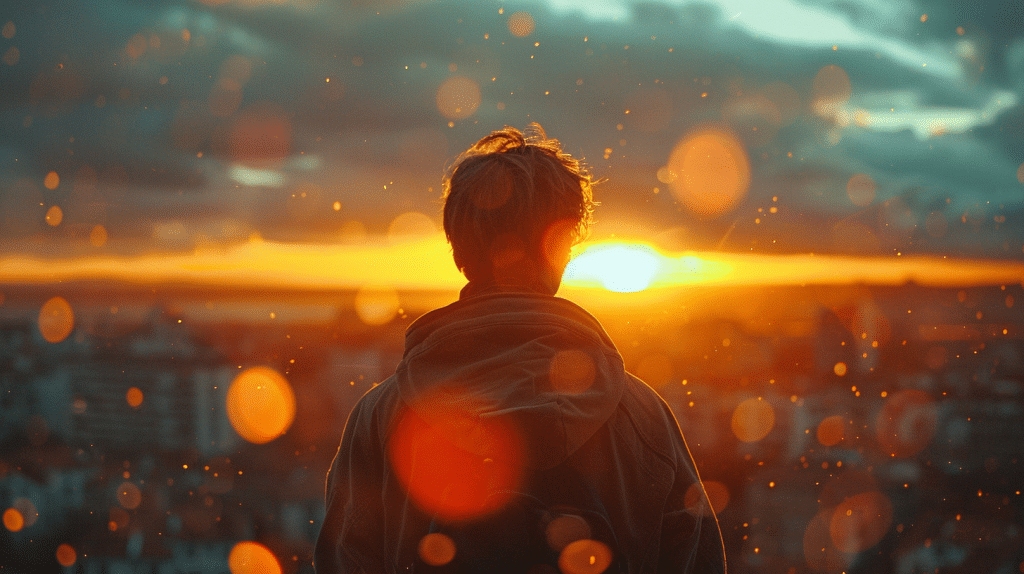
Choosing the correct lens is essential to capturing the desired mood and visual style in your cinematography.
The lens you select can greatly impact how the audience perceives the scene.
Wide-angle lenses, for instance, can create a sense of vastness and openness, making the viewer feel small in comparison.
On the other hand, telephoto lenses compress the depth of the image, bringing elements closer together and emphasizing specific details.
Consider using a prime lens for sharper image quality and a wider aperture, allowing for better low-light performance and a more pronounced depth of field.
Zoom lenses, on the other hand, offer versatility in framing without needing to physically adjust your position.
Remember that different lenses can convey different emotions. A close-up shot with a macro lens can intensify emotions and create a sense of intimacy, while a wide-angle shot can evoke a feeling of detachment or isolation.
Experimenting with various lenses will help you find the perfect match for the emotional impact you want to achieve in your cinematography.
Aspect Ratio Influence

When considering the emotional impact of cinematography, the aspect ratio of your frame plays a pivotal role in shaping the viewer’s perception of the visual story.
Different aspect ratios can evoke varying emotional responses.
For instance, a wider aspect ratio like 2.39:1 is commonly associated with epic scenes or grand landscapes, creating a sense of vastness and grandeur that can heighten the emotional impact of the visuals.
On the other hand, a narrower aspect ratio like 1.85:1 may feel more intimate and focused, drawing the viewer’s attention to specific details or emotions within the frame.
Aspect ratios also influence how characters or objects are positioned within the frame, affecting the dynamics and relationships between them.
By strategically choosing the aspect ratio that best complements the emotional tone of your scene, you can enhance the overall impact and immerse the viewer deeper into the narrative.
Remember, the aspect ratio isn’t just a technical aspect of cinematography; it’s a powerful tool that can have a profound influence on the emotional resonance of your visual storytelling.
Depth of Field Manipulation

Considering the emotional impact of cinematography, manipulating depth of field can greatly enhance visual storytelling by directing the viewer’s focus and emphasizing specific elements within the frame.
By controlling the depth of field, you can draw attention to key subjects while creating a sense of depth and dimension in the shot.
For instance, using a shallow depth of field with a blurred background can isolate the main character, making them stand out against their surroundings and evoking a sense of intimacy or isolation.
Conversely, a deep depth of field with everything in focus can be used to show the intricate details of a scene or highlight the complexity of relationships between characters.
This technique allows you to guide the viewer’s eyes across the frame, revealing different layers of the story.
Adjusting the depth of field based on the emotional context of the scene can intensify the viewer’s connection to the narrative and enhance the overall impact of the visuals.
Emotional Color Palettes

To enhance the emotional impact of cinematography, exploring the use of emotional color palettes can be a powerful tool.
Colors play a significant role in evoking feelings and setting the overall tone of a scene. By carefully selecting a specific color palette, you can effectively convey emotions to the audience without using words.
Warm colors like reds, oranges, and yellows often evoke feelings of warmth, passion, and energy. These hues are commonly used in romantic scenes or moments of intense emotion.
On the other hand, cool colors such as blues, greens, and purples can create a sense of calmness, sadness, or mystery. These colors are frequently employed in scenes with a more melancholic or mysterious atmosphere.
Contrasting colors can also be utilized to heighten emotional impact. The stark contrast between bright and dark colors can create a sense of tension or drama in a scene.
By understanding the psychology of colors and their emotional associations, filmmakers can effectively use emotional color palettes to enhance the viewer’s experience.
Visual Metaphors
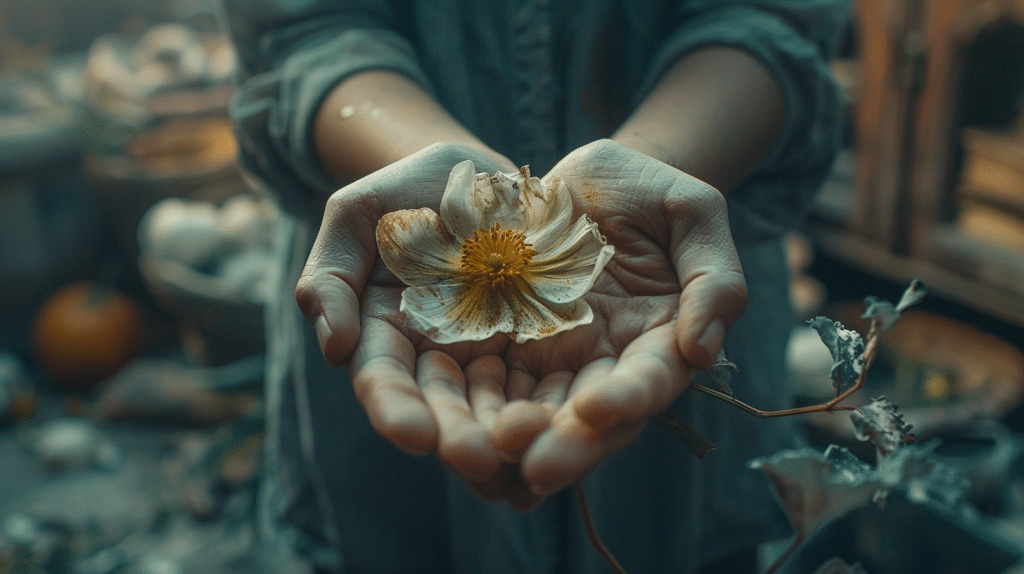
Exploring visual metaphors adds another layer of depth to your cinematography, allowing you to communicate complex ideas subtly through imagery.
By incorporating visual metaphors into your shots, you can enhance the emotional impact of your storytelling in the following ways:
- Symbolism: Utilizing objects or elements to represent abstract concepts can evoke powerful emotions in your audience.
- Visual Juxtaposition: Contrasting visuals can highlight the differences or similarities between characters or themes, creating a deeper connection for viewers.
- Recurring Motifs: Using repeated visual motifs throughout a film can reinforce key themes or character traits, leaving a lasting impression on the audience.
- Environmental Metaphors: Incorporating the environment as a metaphor can set the tone for a scene and provide subtle context for the emotions at play.
Frequently Asked Questions

How does lighting influence emotional impact in cinematography?
Lighting is crucial in setting the mood and tone of a scene. Dynamic lighting techniques, such as high-contrast lighting, can create tension or mystery, while soft, diffused lighting can evoke warmth and intimacy.
The placement of lights and shadows adds layers of meaning, sculpting the subject and enhancing their emotions. Colored lights can further set the mood, establishing the scene’s tone without any dialogue.
By mastering these techniques, cinematographers can capture and amplify the audience’s emotional response.
What role does framing play in enhancing emotional impact?
Framing choices significantly affect how the audience perceives and emotionally engages with a scene.
Close-up shots can intensify emotions by connecting the viewer with the character’s experience, while wide shots can evoke awe or insignificance by showcasing grand landscapes. The position of subjects within the frame, such as off-center placement or using leading lines, can create a sense of imbalance or movement.
Framing techniques like negative space or framing characters within doorways can convey confinement or freedom, adding depth to the storytelling.
How can camera movement add to the emotional resonance of a film?
Camera movement introduces depth and fluidity, enhancing the viewer’s connection to the story.
Techniques like smooth tracking shots convey stability, while shaky handheld shots create tension. Panning, tilting, and zooming guide the viewer’s focus, emphasizing key elements within the frame.
Integrating character actions with camera movements, such as tracking a running character, can immerse the viewer in the character’s experience.
These dynamic movements are essential for crafting emotionally engaging visual storytelling.
What impact does color grading have on the emotional tone of a film?
Color grading is a powerful tool for altering a scene’s mood and atmosphere.
Warm colors like reds and yellows evoke warmth and passion, while cool tones like blues and greens can convey calmness, melancholy, or mystery.
Desaturation or monochromatic grading focuses attention on raw emotions by stripping away distractions.
By carefully selecting and manipulating color schemes, filmmakers can enhance the narrative’s emotional tone, creating a visual language that resonates deeply with the audience.
How do lens selection and aspect ratio influence emotional impact?
Lens selection affects how the audience perceives the scene.
Wide-angle lenses create a sense of vastness and openness, while telephoto lenses compress depth, emphasizing details and bringing elements closer together.
Prime lenses offer sharp image quality and pronounced depth of field, while zoom lenses provide framing versatility.
Aspect ratios also play a pivotal role; wider ratios like 2.39:1 evoke grandeur, while narrower ratios like 1.85:1 feel more intimate.
Strategic choices in lenses and aspect ratios shape the emotional tone and visual storytelling, immersing viewers in the narrative.
Share:
Search our blog:
Follow us on:
